- HubPages»
- Education and Science»
- Sociology & Anthropology»
- Folklore & Mythology
Banshee of Lament
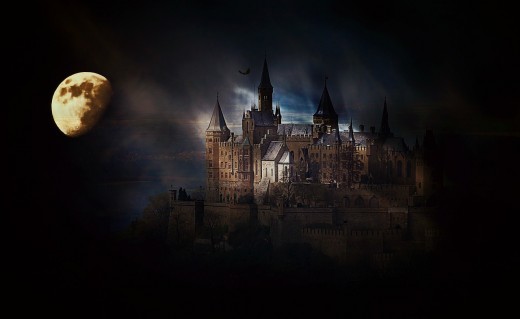
Messenger of Death
Throughout Ireland and Scotland when one hears a high wailing sound in the countryside, chills start creeping along the arms and neck of the listener. This is a sound one does not wish to hear, for it is from a messenger of death - it is the banshee of lament. The banshee, who mourns at the death of a high family member, is traveling to the home of the one who died. She brings the message of death to the loved ones.
Banshee by the Dying Warrior
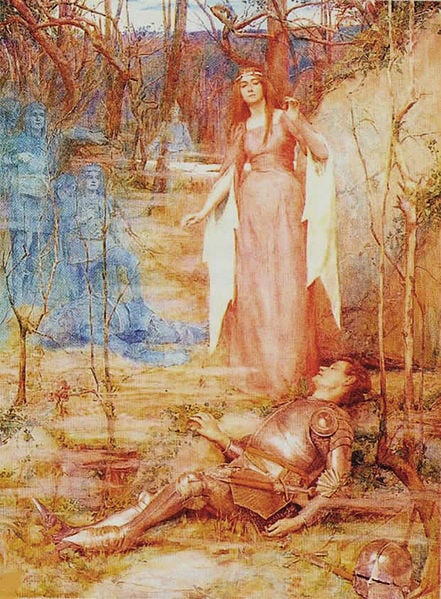
They Know What the Wailing Means
The legends vary depending on which part of the country the banshee was heard or seen, or depending on who saw her. The description of the banshee varies also. Some say she looks like an old hag, a lovely matron, or a beautiful and gentle young maiden. These three guises are reminiscent of the Morrigan, the Celtic triple goddess of war and death.
The Morrigan are three sisters, Badb, Macha and Nemain. Sometimes, she is said to appear as animals associated with witchcraft of the old days, such as the hooded crow, a young pig or hog that is newly weaned, or a weasel. Since the banshee is of the faerie folk, she can appear however she wants to be seen.
She is not always seen, but her mournful wail is heard for miles, so piercing and shrill it shatters the still night air. The wail can also be gentle and low, almost pleasant and hypnotic, or like the sound of a barn owl whose screech is chilling. Regardless of what her wailing sounds like, it is known what it means and is not a sound one wants to hear.
There is one legend about the banshee being seen as an old washer woman by a river. She is washing the blood off the clothes of a warrior who is about to die in a battlefield. It is said that she does this to make sure the soul of the warrior is cleansed before making his journey to the afterlife. Then she heads for the home of the family to announce the death of one of their loved ones.
Banshee as the old Washer Woman
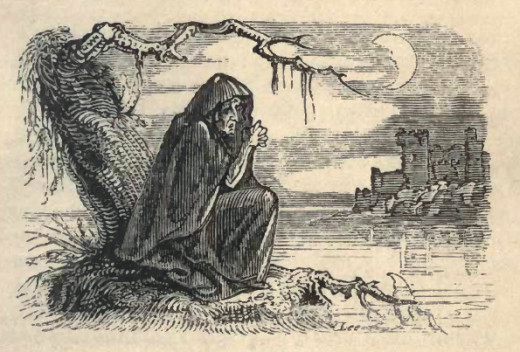
Woman of the Faerie Mounds
Bean sidhe (pronounced 'ben shee') is the name used for the banshee in Ireland. It means "woman of the faerie mounds". In Scotland she is known as bean sith, or bean nighe (washer woman). The banshee is not restricted to just Ireland and Scotland.
Welsh mythology has a similar legend of a spirit who foretells the family of a pending death. The Hag of the mist, or Gwrach-y-Rhibyn, is much like the Irish and Scottish banshees, yet is always portrayed as an old ugly woman. She cries her lament as a forewarning of a death. She is often seen near a stream as the mists from the water rises.
During the earliest days of the colonies in America, the Irish, Scotch and Welsh immigrants brought their folklore and legends with them -- so, the banshee is known in American folklore and mythology also as a harbinger of death, similar to the 'White Lady' ghost legends. In rural areas around the world, legends tell of the ghost of a woman dressed in white who seems to be attached to a particular family line. The legends usually state that she was betrayed by her husband or fiance'.
The banshee in modern times is thought of as a ghoul or other monstrous character - yet there are some who think of her as only a benevolent spirit who mourns a beloved family member.
You will with the Banshee chat, and find her good at heart.
— William Butler YeatsThe Banshee, Pagan Ireland
Banshee of Ireland High Family
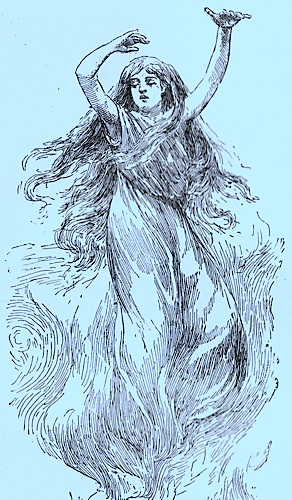
Banshee
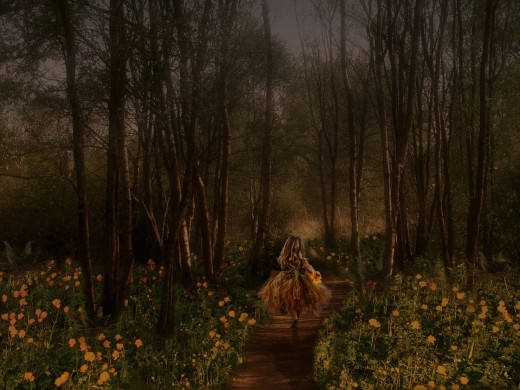
Short Fiction by Phyllis Doyle
In a village in Ireland, in ancient times, there lived one of the High Families of the land. The Lord was away in battlefields far off, keeping the enemy from his lands. All was peaceful and quiet till one night they heard what they all had feared, it was the cry of a banshee - the bean sidhe was in mourning.
~
Far away, in a bloody battlefield, the Lord and his sons fought side by side, never faltering. They and the other warriors of the Lord were of the best in all Ireland. They were loved by many in heart and home and feared by all in battle.
The battle had raged for days and was near the end. The Lord and his sons still sat strong on their horses and fought till the last of the enemy had been killed or had fled. At last there was the eerie silence that comes when a battle has ended and there was no more to fight. The crows, The Morrigan, flew over the dead strewn over the land.
The sons turn their steeds to their father to salute him with raised swords, as the warriors behind the king give their cheers of victory and honor to their Lord. The eldest son looks to his father and sees death in the eyes of the old man. He shouts to his brothers, "Catch his sword and lay him down!" The eldest lowers his own sword and reverses it, hilt up, and holds it high. The Lord is laid out on the ground and his sword laid on his chest.
There is a mighty clang of armour and swords as all the warriors dismount, kneel and put the points of their swords on the ground. There is a sudden silence as they each bow their heads and pray for the soul of their beloved leader.
As the brothers surround their father, there is a cry from the family banshee. The brothers call out in one voice to their deity, Lugh of the Tuatha De Danaan. From far off the banshee continues to wail as she journeys to the Lord's castle to attend the family of the fallen warrior and Lord.
~
Darkness covers the village as the peasants of the first cottage hear the cry of a banshee from far away. They rise and light a lantern and place it in their window. All along the road to the castle, as the keening is heard, lanterns are lit.
The banshee makes her way to the Lord's home to give notice to the family that one of its members is soon to be called to the spirit world. She rises to the top of the castle and stands there, wailing her sorrow, her dark cloak billowing in the wind, her long hair blowing around her lovely face. The family members rise from their beds and go to the Lord's wife. The women rouse the servants and tell them to begin preparing the feast for the mourners. The Lord's wife and her daughters gather in the chapel and begin their keening.
The sun rises slowly and sheds light upon the village and castle. People are running back and forth, taking their offerings of food to the castle to assure there is enough for all at the mourning feast and honoring ceremonies. The castle is cleaned from top to bottom and the fires are burning strong. Days pass and finally, the Lord's army is seen in the distance. A shout rings out and is passed along -- all the villagers line both sides of the road that the army will journey on their way to the castle.
The tired army reaches the village and a murmur goes through the crowds as they realize it is their Lord whom the banshee wails for. She is still up there wailing, and will do so till the soul of her Lord has been received in the spirit world. The line of warriors slow as the four sons enter the gates of the castle wall, with the horse of their father in the center of them. The Lord's horse has brought his master home and is honored by all. The sons carry their father inside and take him up the stairs to his room. They place him on the bed and, each in turn bow and kiss the forehead of their father, then kiss their mother who is sitting by the bed. The mother rises, takes her husband's sword, and hands it to her eldest son.
The sons leave the room and the mother sits alone with her husband until the daughters come in and help her change, bathe and dress the Lord for burial.
And the banshee wails.
~ ~ ~ ~
© 2013 Phyllis Doyle Burns








